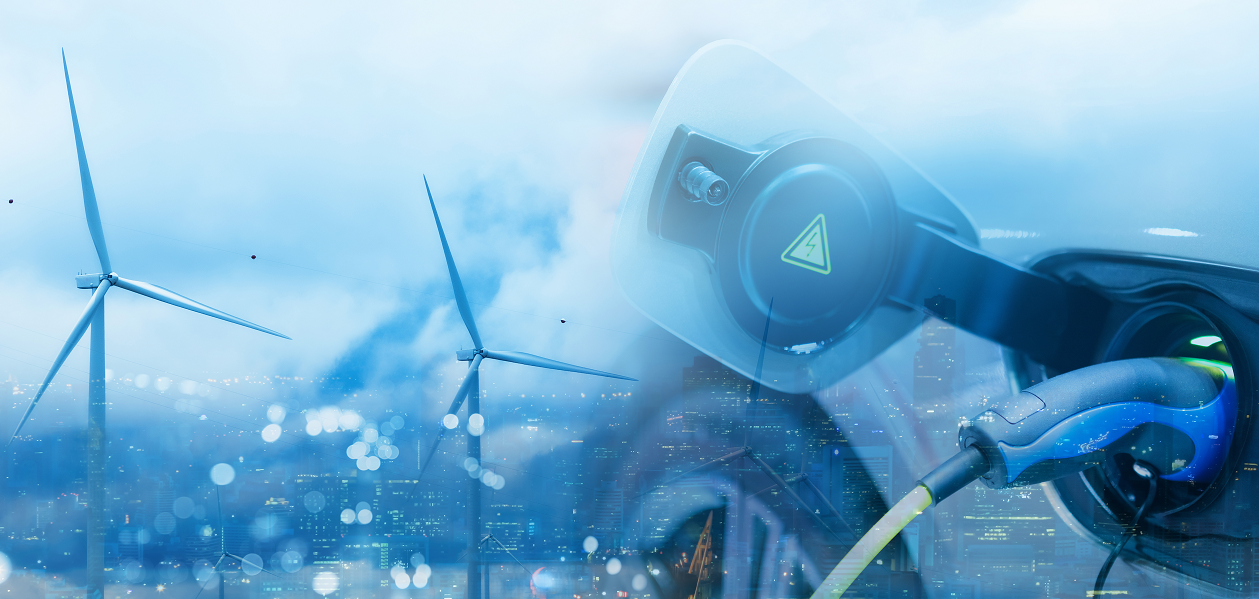Climate change is speeding up, with deep and widespread cuts to greenhouse gas emissions needed in the next few decades to prevent the worst of its devastating impact.
To showcase how cities and nations can thrive while minimising their carbon footprint, the recent TechInnovation 2021 dedicated its first day to keynote and thematic sessions with the theme of “Green and Sustainable Future”.
The event, presented by IPI and in its 10th edition this year, was held virtually from 28 to 30 September. Over 2,400 people and 160 exhibitors, including 11 national innovation agencies and technology consortia, took part in the event.
Revving up adoption of electric vehicles
During the keynote session, titled “Powering a Green and Sustainable Future”, experts shared their insights on electric vehicles (EVs), eco-friendly urban solutions and clean energy.
While mass adoption of EVs is crucial to shrinking transport-related emissions, many people are afraid that EVs will take too long to charge, that they may be stranded if their EV runs out of power, and that there may not be charging outlets available when they reach a charging station, shared Dr Doron Myersdorf, Chief Executive Officer and Co-Founder of StoreDot.
His firm’s extremely fast-charging battery for EVs could help eliminate such fears. It currently delivers 17 miles (27 kilometres) of travel for each minute of charging, and the company aims to increase this to 21 miles by 2024 and 27 miles by 2028. “With this battery, charging will be like refuelling at a station, except without the fuels,” he said.
He noted that there is a vast market for fast-charging solutions. “Whether it’s shared mobility, or electric, autonomous or connected vehicles, all of these need fast-charging,” he said. “Even if you take out the heavy-duty trucks and smaller cars, you’re still looking at a US$118 billion market for batteries, and a US$76 billion market for extremely fast-charging solutions.”
The great green energy transition
Cindy Lim, Chief Executive Officer of Keppel Infrastructure Holdings, discussed Southeast Asia’s major energy trends, the importance of partnerships in boosting innovation, industries’ opportunities and challenges, and how to look after citizens during energy transitions.
“Even before the COVID-19 pandemic, rapid and massive urbanisation and digitalisation were already taking place, creating unprecedented demand for energy and putting stressors on the environment. The COVID-19 crisis has only accentuated the need for cities to be cleaner and healthier,” she said, adding that governments and firms have taken note and put forward bold climate goals and commitments in the past year.
She noted that the Association of Southeast Asian Nations (ASEAN) aims to make 23 percent of its primary energy renewable by 2025. Southeast Asia is also moving towards more resilient power supply and grids, greater electrification and energy efficiency, and wider accessibility to low-carbon electricity, with technology acting as force multiplier to all of these trends.
She cautioned that governments should support citizens through disruptions that could result from the green energy transition. “As we accelerate in our transition, we must not forget the three ‘A’s: raising awareness of the potential impact of the transition, helping people adapt to changes, and making green job opportunities accessible to diverse citizens,” she said.
Harnessing the sun
Renewable power is here to stay, declared Frank Phuan, Chief Executive Officer and Co-Founder of the Sunseap Group. He gave an overview of the potential of solar energy to green electricity mixes. While the Solar Energy Research Institute of Singapore has estimated that Singapore could achieve 8.6 gigawatt-peak of solar power by 2050, for example, it could do even better, with ongoing improvements in solar panels and related technologies.
Phuan pointed out that cities can install solar panels on a wide variety of horizontal and vertical surfaces. These include solar panels on rooftops and floating solar panel systems on reservoirs and the sea. “Putting floating solar panels on reservoirs would also help us to retain more water in the reservoirs, by reducing the rate of evaporation,” he said.
Vertical facades of buildings are another ripe area for solar panel installations, he continued. “There’s also solar fencing, where you use vertical, bifacial solar panels that produce power on both sides as fencing. We can also think about using solar panels as sound barriers along train tracks,” he added.
He predicted: “In this generation, we are going to see an energy transition from a carbonised one to a decarbonised one, and this change is going to accelerate so much that we will find solar panels commonplace in the future. Think about this: every megawatt of solar panels that we install in and around Singapore is equivalent to planting 15,000 trees. All of us can do so much by choosing clean power, and installing solar panel systems.”
Watch the TechInnovation keynote session on "Powering a Green and Sustainable Future" here:

![[Event Recap] Bridging Innovation Between Japan and Singapore: Co-Creation in Action at the JCTI Launchpad](/assets/34135135/images/transparent-related-content.png)